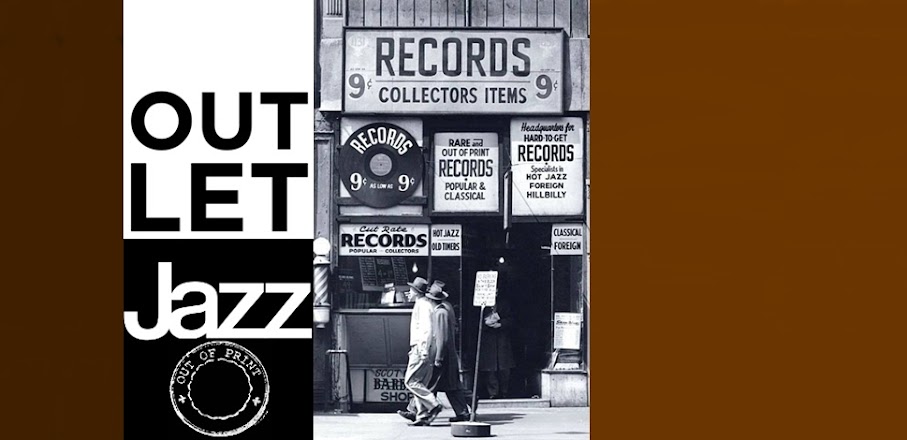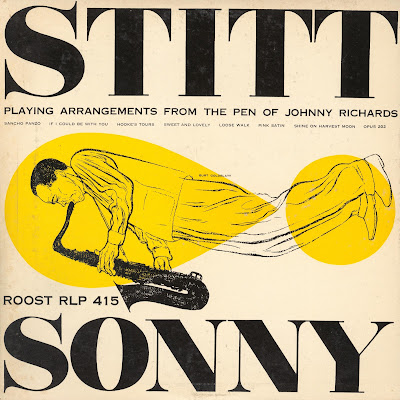This album proves conclusively the lack of relationship of ability to popularity. Each selection in these six was chosen and arranged solely by Serge. Only a master musician could write so excellently for the strange voicing of two such horns as the alto and baritone saxophones.
As for his playing, I believe that not even at the height of his pollwinning days did Serge play as warmly or with such imagination as he does here. Especially to be noted is his solo on "You Brought A New Kind Of Love To Me".
I mentioned that each tune was "arranged solely by Serge". I must correct myself. The ending of the original "Zdot" was written by a wonderful pianist and teacher, Margaret Chaloff, Serge’s mother.
While Serge may be considered the guiding genius behind this session, other points are proved here. One is the emergence of Boots Mussulli as one of the more important alto men. What Boots lacks in originality of style, he more than makes up in the strength and creativeness of ideas in his playing as well as by his magnificent musicianship. To watch a jazz man of Boots' caliber sight-read Serge's difficult arrangements was an experience for me.
Another fallacy is this foolish idea of schools of jazz. I am referring to the imaginary differences between the West Coast School as opposed to the New York or more generally, the East Coast School of jazz. Russ Freeman, for whose presence on Storyville Records we are deeply indebted to Dick Bock of Pacific Jazz Records, has a conception of swing so like that of Serge and Boots that the session came off as if the group had been working together for many months.
The remainder of the rhythm section is composed of Jimmy Woode on bass and Buzzy Drootin on drums. They swing in the same manner here with these giants of "modern" jazz.
And so our last and perhaps most important point is proved. Jazz is a music of the individual. The artist has complete freedom, harmonically and stylewise. In only one way is he restricted. He must have that indefinable but easily recognizable thing called swing. *George Wein (Liner notes)*
Serge Chaloff stands with Leo Parker, Cecil Payne, Sahib Shihab and Numa Pee Wee Moore in the hallowed pantheon of bebop's best baritone saxophonists (tenor man Charlie Ventura, who doubled marvelously on the big horn from time to time, could also be included in this lineup). A famous exponent of Woody Herman's Herd, Chaloff set the stage for the early maturity of Gerry Mulligan and the emergence of Pepper Adams. Serge Chaloff and Boots Mussulli paired Chaloff with alto saxophonist Boots Mussulli in front of pianist Russ Freeman, bassist Jimmy Woode and drummer Buzzy Drootin. Recorded in Boston on June 9, 1954, this is a pleasant album of five creatively interpreted standards and one Chaloff original: "Zdot" was almost certainly named for Chaloff's section mate in the Woody Herman Orchestra, tenor saxophonist and Lester Young devotee Zoot Sims. *arwulf arwulf*
Side 1
01 - You Brought A New Kind Of Love To Me
(Fain, Kahal, Norman)
02 - Zdot
(Chaloff)
03 - Oh Baby
(Murphy)
Side 2
04 - Love Is Just Around The Corner
(Robin, Gensler)
05 - Easy Street
(Allen Rankin Jones)
06 - All I Do Is Dream Of You
(Brown, Freed)
Serge Chaloff (baritone sax), Boots Mussulli (alto sax), Russ Freeman (piano), Jimmy Woode (bass), Buzzy Drootin (drums).
Recorded in Boston, June 9, 1954.




















